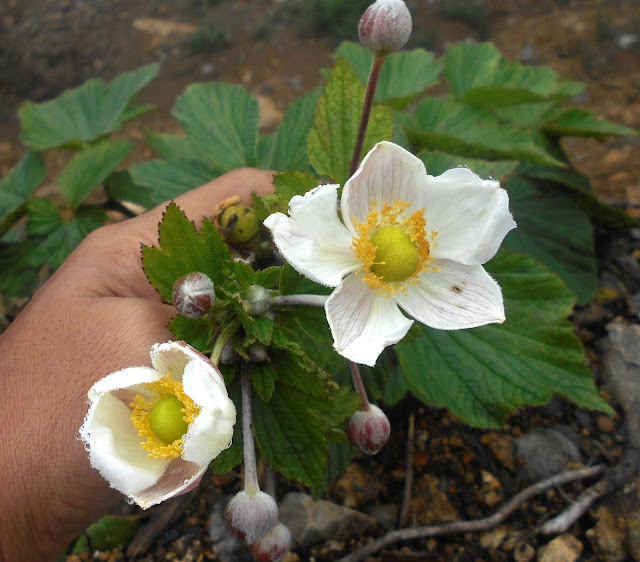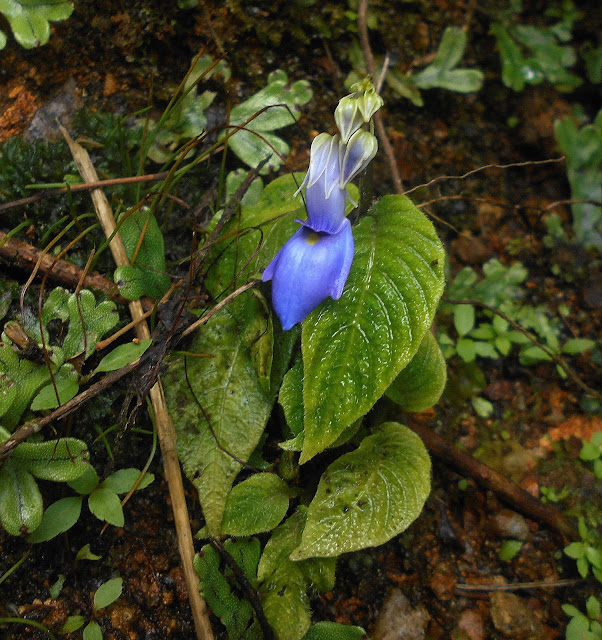Orange up with Begonia cumingii

Most Begonia flowers are white. Or white and red at the back. Or pink. In fact, no matter how pretty the flowers may be, we don't really pay attention to these that much because the flower color is pretty uniform in many species. Not so with Begonia cumingii , a species with large, bright orange flowers. Begonia cumingii is a Philippine endemic, and is found only in a few provinces on Luzon. I have seen this species in the provinces of Laguna and Quezon, which are adjacent to one another. These plants are often found in very wet areas close to running bodies of water, mostly at medium altitudes. The species was named after Hugh Cuming, who collected the first plants known to science in 1811, but without precise locality. However, since he collected extensively in the province of Laguna, it is possible that the type specimen was found from somewhere there, possibly either in the town of Calauan or Majayjay. Pistillate flowers of B. cumingii. This is quite a lar





